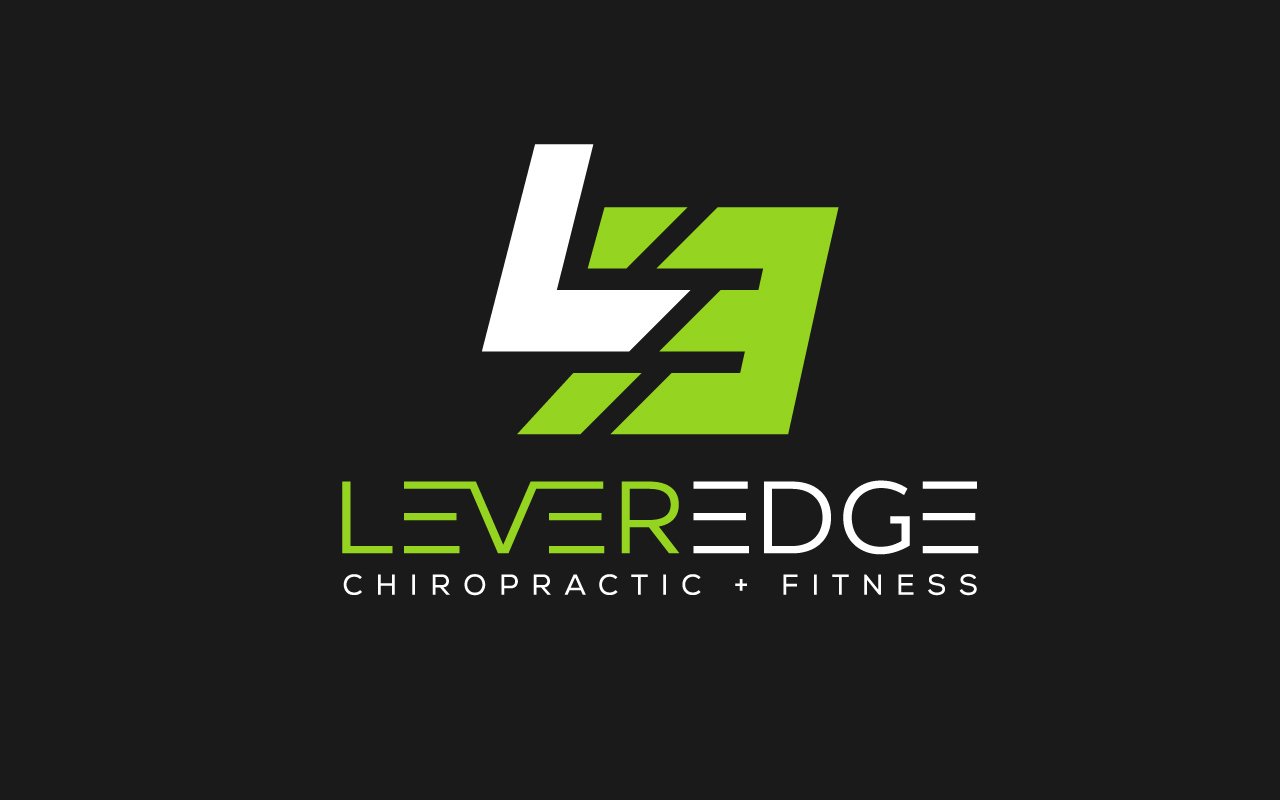Do You Actually Need to Stretch?
Do you ever feel like you have a tight muscle that just needs to be stretched out, pulled, or tugged on, but no matter how much you try, the tension seems to just always come right back?
Or have you gone to a chiropractor or physical therapist who told you “you have tight hamstrings, you need to stretch more” just because you couldn’t bend forward and touch your toes?
The fact of the matter is this: there really is no good research out there that shows muscles actually get tight (go ahead and look, I’m dead serious). Am I saying there is no inherent benefit to stretching? Absolutely not. Stretching, whether static or dynamic, is a great tool to enhance range of motion by restoring blood flow, flushing out old metabolites, and increasing muscle proprioception (your body’s subconscious brain-body connection).
So the question remains: Should you really be stretching when your muscles feel tight or stiff? The answer is…well, it depends.
When it comes to decreased range of motion, there are really only two reasons why this can occur. You either have a Mobility Restriction, or a Stability/Motor Control Problem. Let's address both of these, and discuss which stretching might actually help.
Mobility Restriction
Mobility issues can be thought of as a physical roadblock that limits your ability to go through a full joint expression or range of motion. When you move, there is something literally in the way, preventing you from doing what you want to do. This is a classic case of when stretching might actually help improve and maintain range of motion for a greater length of time. However, there are two kinds of mobility restrictions, which can further be classified as joint mobility restrictions, and soft tissue mobility restrictions.
Joint mobility restrictions are those in which you may need to consult a healthcare provider such as a chiropractor or physical therapist. You can fix these with long, sustained holds at the end range of a joint movement, but are typically more difficult to get long lasting results by yourself.
Soft tissue mobility restrictions are exactly where employing a stretch technique would be warranted. The muscles or connective tissues are not moving, or are as extensible as they should be, and need to be “stretched” out.
Stability/Motor Control Deficit
So what about the other reason why you may be limited in range of motion you ask? Well this is a little more complicated of an explanation, but imagine this: you have had a mobility problem for so long that your brain has actually accepted this as the new “normal” range of motion. Does this mean you are to never do a forward bend or toe touch ever again in your life? No. So what happens then?
When you do not have enough movement in one area of your body, you will actually compensate and tap into another area of your body (often an area that should not move as much as you’re asking it to) to make up for the deficit. Over time, this creates a stability issue in the area that is now moving too much, and your body’s only way to protect itself is to “tighten” the surrounding area’s muscles.
Does this mean these muscles need to be stretched? No. In fact, it is quite the opposite. These muscles are trying to protect an area that is unstable and has movement control issues. It is for this reason that you may feel like you need to stretch a muscle, but no matter how much you do, it still feels tight. The stretch might even provide temporary relief, just to return to its original nagging, tight, tense state leaving you more frustrated than ever asking yourself “why is this not working?”.
To fix a stability/motor control deficit, this almost always requires intervention from a skilled healthcare clinician. If it was fixable on your own, you would already be doing it, wouldn't you?
So out of all of these scenarios: joint mobility restriction, soft tissue extensibility restriction, and stability/motor control deficit, only ONE of these can be addressed with stretching. So the next time you’re stretching with no tension relief, ask yourself “do I really need to stretch?”.
Yours in health,
Kevin Noel, DC CSCS

